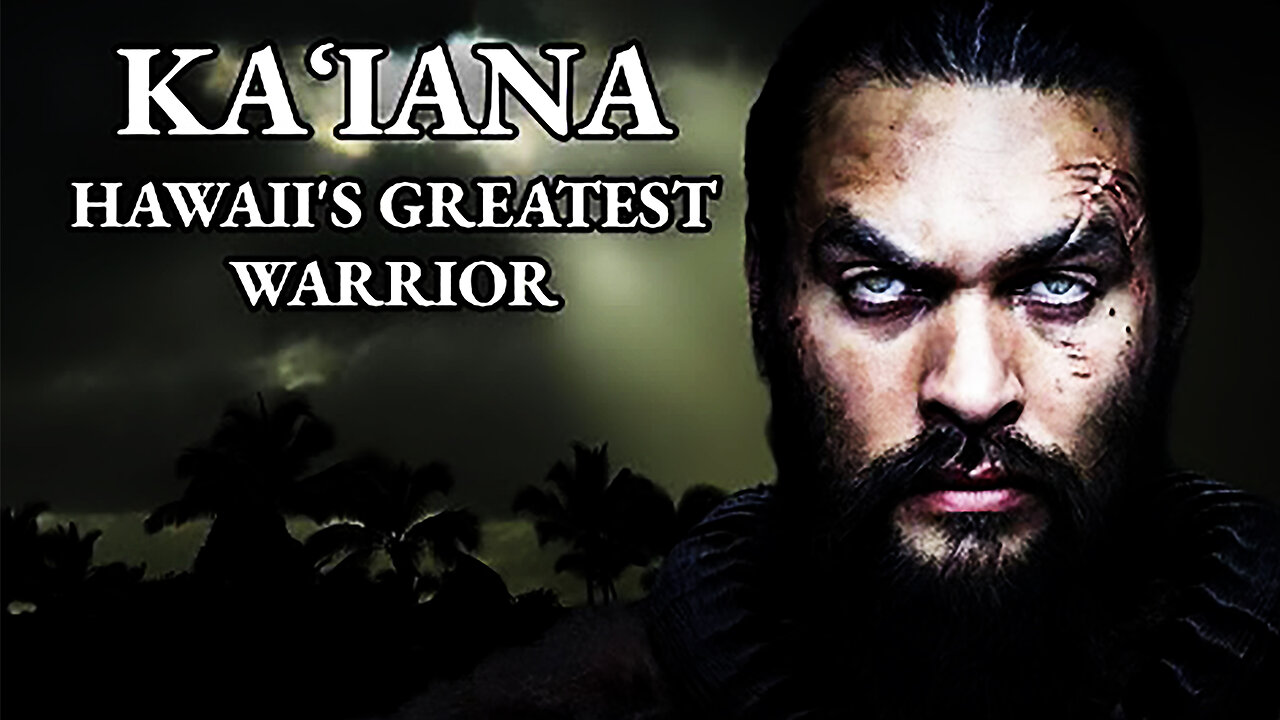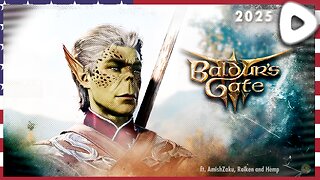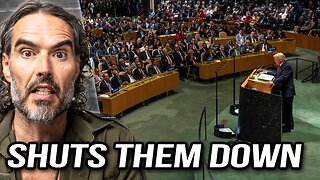Premium Only Content

The True Story of Kaʻiana _ Chief of War
Kaʻiana was a powerful and charismatic Hawaiian chief whose life unfolded at the turbulent crossroads of revolution, colonization, and betrayal. Though often overlooked in mainstream historical narratives, his story stands as one of the most interesting chapters in Hawaii's history.
Born into the Hawaiian nobility, Kaʻiana distinguished himself from his peers in both presence and bearing. British explorer Captain John Meares, who encountered him in 1788, described him as “ six feet two inches tall, with limbs of Herculean proportion.” Meares further remarked on Kaʻiana’s regal demeanor, noting that he carried himself with great dignity, and having lived in the habit of receiving the respect due to superior rank in his own country, he possessed an air of distinction.
Kaʻiana’s life was remarkable not only for his stature and status but also for his bold ventures beyond the Hawaiian Islands. In the wake of Captain James Cook’s fateful arrival in 1779, Kaʻiana joined British expeditions, traveling to distant shores including China, the Philippines, and the Northwest Coast of America. He became one of the first Native Hawaiians to journey abroad with Western explorers.
His travels captivated the imagination of Europe. Books published in London in 1789 and 1790 by Captain Nathaniel Portlock and Captain John Meares recounted Kaʻiana’s voyages, featuring full-page engravings of the striking Hawaiian chief in his feathered cloak and helmet, spear in hand, the very image of strength and nobility.
By the early 1790s, Kaʻiana was a name known across the Pacific. Foreign visitors to the Hawaiian Islands frequently sought him out, and he was personally recognized by the islanders as a warrior of renown. He had fought across the archipelago and navigated the complex political landscape by shifting allegiances among the era’s powerful ruling chiefs.
Today, if Kaʻiana is remembered at all, it is often in reference to his return from China bearing weapons and ammunition—an act that significantly bolstered the military campaigns of Kamehameha I, who would go on to become the first King of the Hawaiian Islands.
Though his life was cut short, Kaʻiana left behind a vivid legacy. He features prominently in native Hawaiian oral histories, and no fewer than twelve European visitors wrote of him during the final decade of his life. For a man whose name is now seldom spoken, Kaʻiana remains one of the most fascinating and emblematic figures of Hawaiʻi’s historic transformation.
-
 LIVE
LIVE
GritsGG
3 hours agoQuad Win Streaks!🫡 Most Wins in WORLD! 3600+
157 watching -
 1:00:24
1:00:24
Jeff Ahern
6 hours ago $6.05 earnedThe Sunday Show with Jeff Ahern
33.7K15 -
 LIVE
LIVE
OhHiMark1776
3 hours ago🟢 09-28-25 ||||| Act 3 Continue ||||| Baldur's Gate 3 (2023)
105 watching -
 2:04:33
2:04:33
DooM49
4 hours ago12 Days until Battlefield 6
17.8K1 -
 17:23
17:23
Russell Brand
2 days agoThey couldn't handle this...
136K322 -
 18:18
18:18
DeVory Darkins
1 day ago $32.43 earnedPortland gets NIGHTMARE NEWS as Trump orders Troops to crush violent rioters
77.3K371 -
 1:32:21
1:32:21
JTtheSG
4 hours agoLIVE Replay - Ready To Play VOID BREAKER
12.9K -
 4:43:17
4:43:17
DoldrumDan
7 hours agoNEW STREAM SCHEDULE 3PM EST TO 7PM EST EVERY DAY
38K5 -
 3:45:41
3:45:41
Sgt Wilky Plays
5 hours agoSunday Finals | Regiment Donor Drive
21.8K1 -
 LIVE
LIVE
Ouhel
7 hours agoSUNDAY | Active Matter | Exploring the postapocalyptic | O'HELL LIVE
51 watching